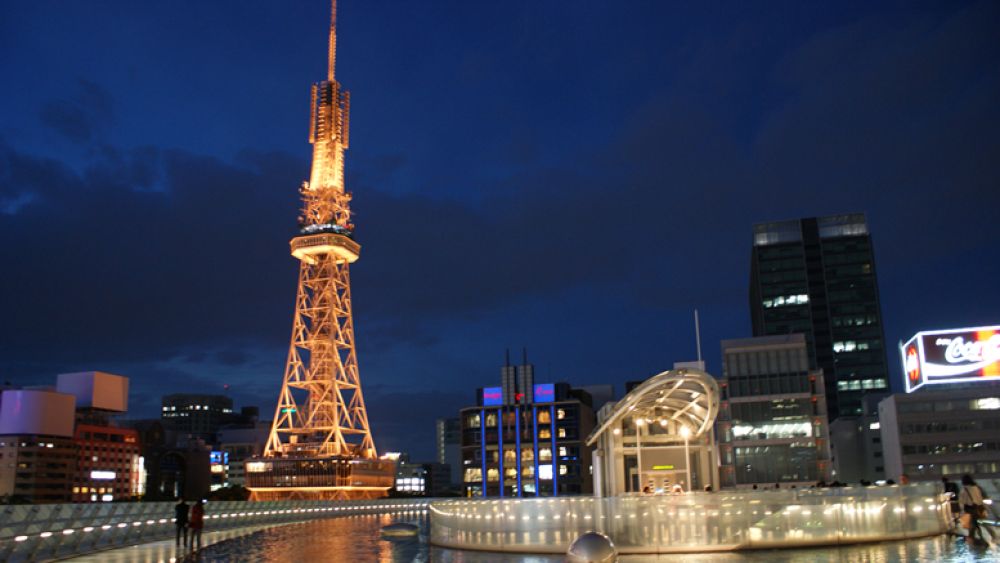

Nagoya TV Tower, located in the heart of Nagoya, Japan, is a landmark that has been a significant feature in the city's skyline since its completion in 1954. As the oldest TV tower in Japan, it reflects the country's post-war resurgence and its race towards modernity and technological advancement. For many years, it held the title of the tallest structure in Nagoya and became an iconic symbol of the city, drawing visitors from across the globe.
In its early years, the tower primarily served as a television and radio broadcast site, but it quickly became a tourist attraction because of its unique design and the panoramic views it offered of Nagabayashi and the surrounding area. Standing at 180 meters, the tower's observation decks provide expansive views, which especially captivate travelers interested in urban landscapes and architectural photography.
Tourism Development Around Nagoya TV Tower
Over the decades, Nagoya TV Tower's appeal was supplemented by the development of surrounding attractions like Hisaya Odori Park, a green space that often hosts events and festivals. These nearby attractions, along with the tower's central location in one of the main shopping districts, Sakae, encouraged a steady flow of tourists eager to combine panoramic city views with shopping and local cultural experiences.
With the advances of the 21st century, Nagoya TV Tower faced the challenge of competing with modern skyscrapers and more technologically advanced observation platforms. In response to this, efforts were made to revamp the tower and renew its appeal. The most recent renovations, completed in 2020, targeted modernizing the facility, improving earthquake resistance, and providing new attractions like a sky deck and café to enhance the visitor experience.
Latest Tourism Trends and the Nagoya TV Tower
The recent resurgence in domestic tourism in Japan has favored local landmarks such as Nagoya TV Tower. While international travel faced restrictions due to global events like the COVID-19 pandemic, many Japanese residents started exploring attractions closer to home. The renewed Nagoya TV Tower, with its nightscape view, has captured the interest of a new generation of local travelers.
Coupled with Japan's reputation for safety, cleanliness, and a robust public transport network, urban towers like Nagoya TV Tower help fuel short-stay tourism and city breaks, which are on-trend in domestic travel circles. The tower also caters to the "Instagrammable" phenomenon, where striking locales are sought after for social media photo opportunities.
Looking to the Future
While international travel is steadily recovering, Nagoya TV Tower is poised to reclaim its status as an international attraction. As Nagoya prepares to welcome travelers from all over, it continues to stand as a beacon of the city's resilience and commitment to blending tradition with innovation.
Nagoya's tourism officials are also focusing on sustainable tourism practices, ensuring that the historical significance of landmarks like the TV Tower is maintained while offering modern amenities and experiences that align with contemporary travel trends.
Conclusion
Boldly embracing the past while looking forward to the future, Nagoya TV Tower remains a steadfast symbol of Nagoya's evolving urban identity and its place in the tourism landscape of Japan. Whether for its historical significance, stunning views, or as a cultural touchstone, Nagoya TV Tower continues to shine as a must-visit destination in the heart of a dynamic city.